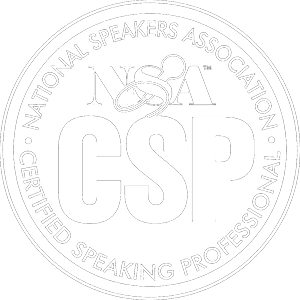Do you have a Veterans’ Council?
USAToday recently reported that “college-bound vets say campus needs are often unmet.” The article goes on to say “As veterans of the wars in Afghanistan and Iraq return to campus, many are finding that colleges and universities are only beginning to figure out how to help soldiers, sailors and others transition back to civilian, social and academic life.”
This theme of making difficult adjustments is one we must recognize and, to some degree, accept. Corporations, too, are only beginning to understand how to help veterans shift successfully back into civilian life. As I have discussed in my column on military.com (www.military.com) in the past, when faced with this lack of understanding, many vets get frustrated and angry. But because only a small percentage of our population has served in the military (and an even smaller percentage has seen combat), there is a mutual lack of empathy and on each side toward the other. And both sides are missing opportunities because of it.
With the new GI Bill, universities are seeing increasing numbers of veterans on campus, and they are responding to the challenges these new students present—albeit slowly. Sometimes, only another vet can relate, as the rise of formal and informal veteran-student groups shows. Again, from USAToday:
At Eastern Illinois University, Army veteran Eric Hiltner and other veterans resurrected a defunct informal fraternity for Army vets called the Black Knights, building their own social and support network. Hiltner, a 24-year-old journalism student who served in Iraq, found it more comfortable to socialize with other veterans than many of the other students on campus. “They’re sitting there (saying), ‘I haven’t seen my dog in two weeks, “Hiltner said with a weary laugh. “I’m going, ‘I’ve gone two and a half years without seeing my family.”
Corporations would do well to follow the lead of these colleges, but they need help knowing the right thing to do. Some schools have established veterans’ councils to serve as liaisons between the vets and the administration and to help identify problems. Why can’t corporations do the same?
It might be easier to start one in a small to mid-sized firm operating in a single location, or maybe a larger firm operating regionally. Then again, maybe a large corporation can provide formal support (and dollars). Now, I am sure someone will point out some sort of legal liability issues associated with this. And, someone will tell me that this type of council discriminates against some group of people who don’t have their own council. And to all those naysayers I reply, “Get over it. Let’s find a way to do this–not reasons to not do this.” If you want your own council, then set it up. But let’s do the right thing for brave, committed men and women who volunteered to protect our nation in a time of war, and who may have been wounded while doing so.
If you are a veteran in an established firm, perhaps you can be the catalyst to get a council going. If you are new to the workforce, you might let it be known that a council is not a bad idea. And if you are not in a firm with a lot of veterans (like me), maybe you can tell someone about this idea and get them to implement it. Every reader of this article can make an impact.
Earlier I said we have to recognize the disconnect and, to some degree, accept it. I didn’t say we have to sit back and wait for someone else to help vets. We can start doing it ourselves. I don’t have all the answers, but I do know that doing nothing is the wrong answer.

.jpg)
.jpg)
.jpg)
.jpg)




“Enjoyable, knowledgeable, and thought-provoking presentation delivered with finesse.”
Brian Newsome